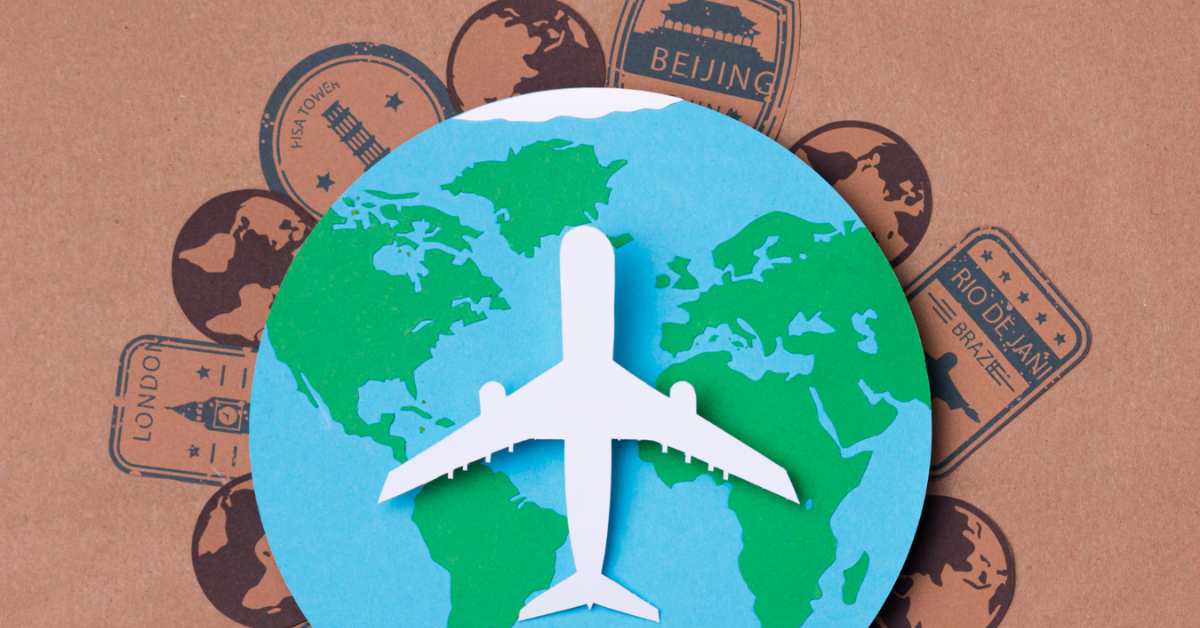Introduction
The travel bug doesn’t just move people; it moves markets. Tourism, a vital component of many countries’ economies, holds a significant sway over national financial health and currency values. This blog delves into how tourism affects exchange rates and the broader national economy, offering insights into its multifaceted impact.
The Dual Impact of Tourism
Tourism’s influence extends beyond the immediate influx of foreign currency, affecting exchange rates and the national economy in nuanced ways. It’s a catalyst for economic growth, yet its impact on currency valuation can be a double-edged sword.
Boosting the Economy Through Tourism
Tourism is a powerful economic force, contributing to various sectors including hospitality, transportation, and local businesses. It generates income, creates jobs, and stimulates growth. Countries rich in natural wonders, cultural heritage, or unique experiences particularly benefit, drawing visitors from around the globe.
Tourism and Exchange Rates: A Dynamic Relationship
The influx of foreign tourists increases the demand for the local currency as visitors exchange money to pay for services and goods. This demand can strengthen the local currency, affecting the exchange rate. A stronger currency makes imports cheaper but can also make exports more expensive on the global market, impacting trade balances.
The Positive Ripple Effects of Tourism
Economic Diversification
Tourism encourages diversification, reducing a country’s dependence on traditional sectors like manufacturing or agriculture. This diversification can provide an economic buffer, making economies more resilient to global shocks.
Infrastructure Development
Increased tourism often leads to enhanced infrastructure, improving roads, airports, and public services. This not only supports the tourism sector but also benefits the local population and other economic activities.
Cultural Exchange and Preservation
Tourism fosters cultural exchange and can play a role in preserving heritage and traditions. This cultural capital, in turn, enhances the attractiveness of a destination, promoting sustainable tourism and long-term economic benefits.
Challenges and Considerations
While tourism’s economic contributions are significant, there are challenges and considerations for national economies:
Volatility and Dependence
Economies heavily reliant on tourism can be vulnerable to external factors, such as global economic downturns, natural disasters, or geopolitical tensions. This volatility necessitates strategies to mitigate risks and ensure sustainable growth.
Environmental Impact
The environmental footprint of tourism, from carbon emissions to waste, can undermine its benefits. Balancing economic growth with environmental sustainability is crucial for long-term success.
Inclusive Growth
Ensuring that tourism benefits are widely distributed across society is essential. This includes supporting local businesses, investing in communities, and promoting responsible tourism practices.
Conclusion
Tourism wields significant influence over exchange rates and national economies. Its ability to drive economic growth, enhance cultural exchange, and foster infrastructure development underscores its importance. However, managing its impacts, ensuring sustainable practices, and mitigating risks are crucial for harnessing its full potential. As countries navigate the complexities of the global economy, understanding and leveraging tourism’s dual role will be key to achieving lasting economic health and prosperity.
#TourismEconomics #ExchangeRates #NationalEconomy #EconomicGrowth #CulturalExchange #SustainableTourism #EconomicDiversification #EnvironmentalSustainability #GlobalEconomy #TourismImpact



